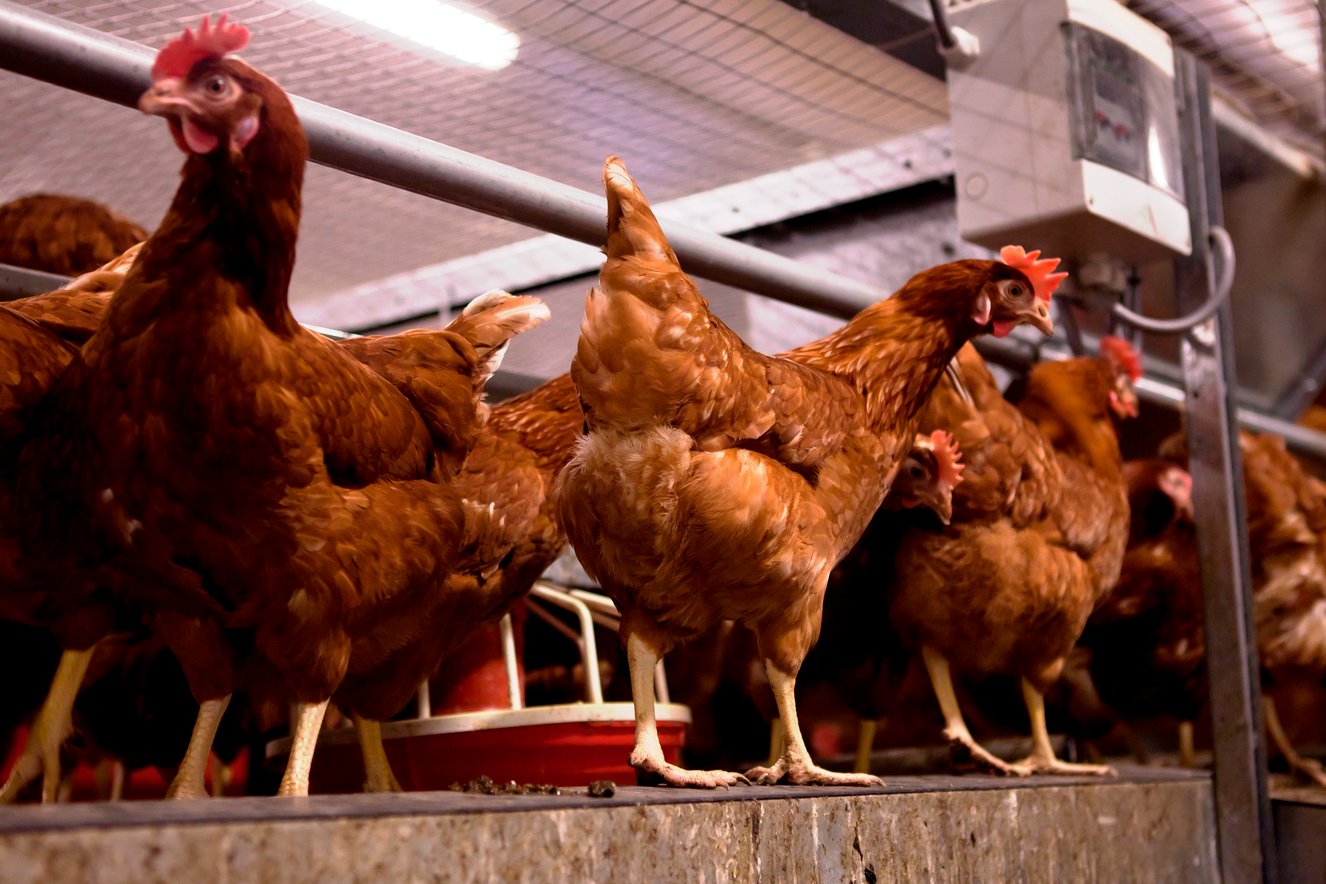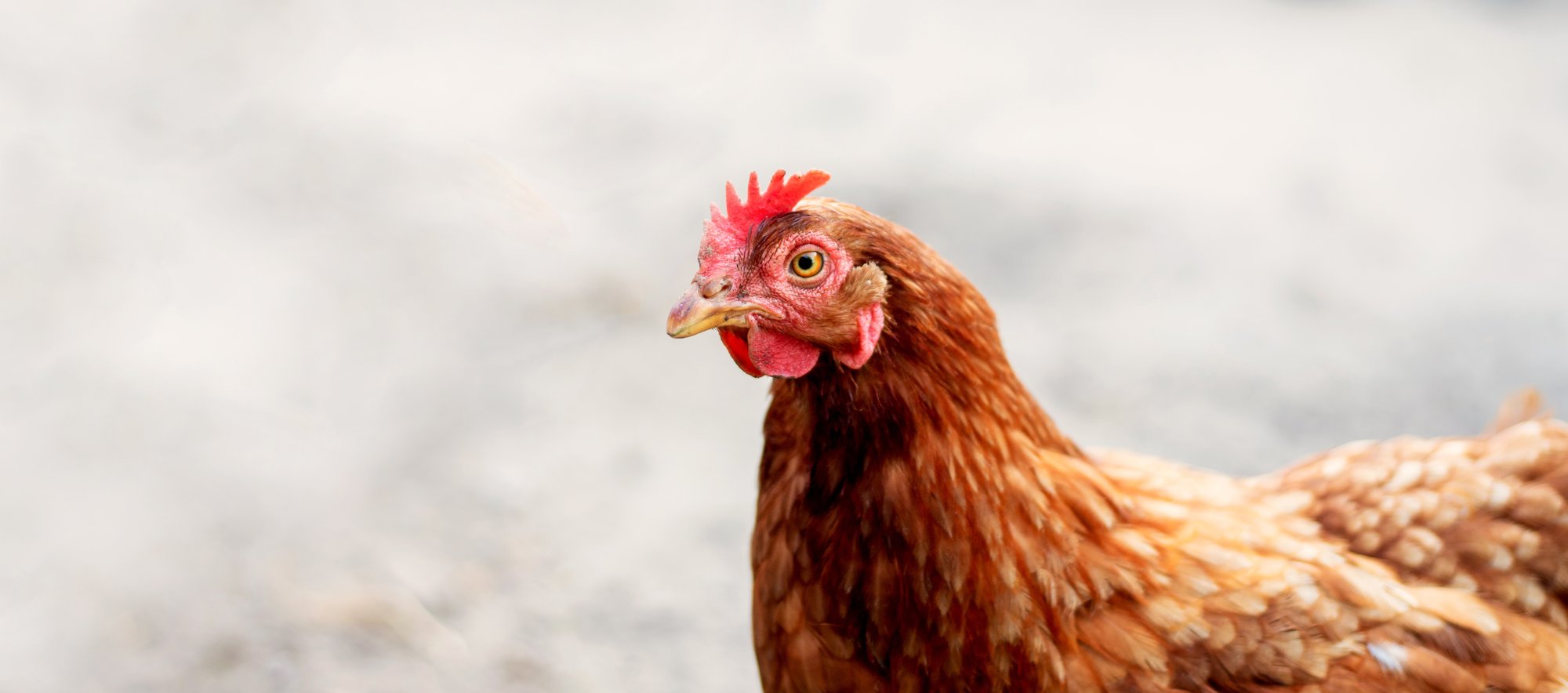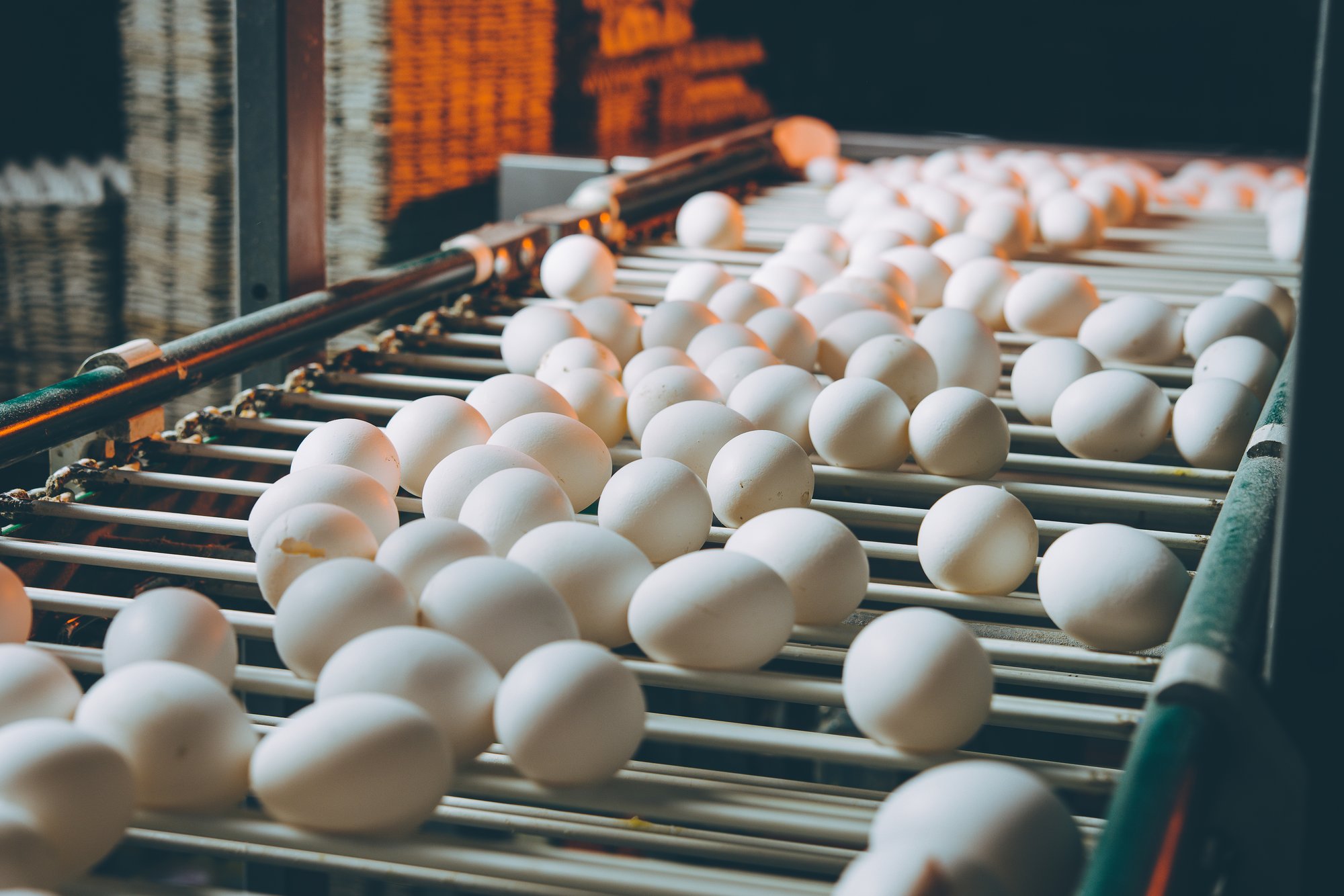Module 8, 9 and 10 | Applied poultry nutrition
WEDNESDAY 18, THURSDAY 19 AND FRIDAY 20 JUNE
Feedstuff composition, presentation, and dietary nutrient content have a great impact on performance of poultry. The effects can differ depending on species, age, and production goal. In order to achieve optimal animal performance at the farm, it is of great importance to know the relationships between nutrition, animal health, and technical performance. Poultry nutritionists need to combine theoretical knowledge about digestive physiology and biochemistry of feedstuffs to formulate diets. Therefore, the goal of nutrition is to provide essential nutrients to the animal for an efficient production, but also to assure animal welfare and health, and a low excretion of non-digested nutrients to the environment.
Learning objectives
- To obtain knowhow to apply theoretical and practical nutritional knowledge to improve poultry performance.
- To obtain knowhow to meet nutritional requirements of poultry, as well as how to face dilemmas like efficiency and intestinal health.
Remarks
- Please be aware that SFR recommendations will not be presented during the course.
- More experienced participants can also attend module 7 Nutrient Evaluation Monogastric, which will focus on energy, protein, and calcium and phosphorus evaluation to improve nutrient utilization and therefore feed efficiency
MODULE 8: WEDNESDAY 18 JUNE
Welcome and introduction
Physiology
A brief introduction to the physiology of the gastrointestinal tract and its development with age to understand nutrient digestion, absorption, and intestinal health.
Protein sources
Soybean meal is the most important protein source in poultry. However, sustainable production and use of non-GMO diets makes that this protein source is topic of discussion. There are several options to reduce the level of soybean meal in poultry diets. This can be done with currently available protein sources, but there is also a lot of research and discussion on “new” protein sources.
Ca and P evaluation
Backgrounds of the different phosphorus systems will be explained, and effects of dietary calcium on the utilization of phosphorus. In this presentation also the efficacy of phytase and the difference between different phytase products will be dealt with.

Minerals
Focus on the optimum levels of sodium, potassium and chlorine in broiler diets will be given. The effect of different sources of sodium as well as the effect of dietary electrolytic balance in broiler diets will be addressed.
Slower growing broilers and the European Chicken Commitment
Slower growing broiler concepts are gaining interest in different parts of the world. What does this mean for future broiler farming with regard to nutrition and growth performance? Is it a possibility or a threat? What are the implications for your (clients) farming system? Are your current broiler concepts sufficient for birds raised according to slower growing principles? Some examples that will be discussed are the situation in the Netherlands (Beter Life Chicken) and in Europe (European Chicken Commitment/Better Chicken Commitment).

Feed formulation
Different diet compositions will be used to illustrate how a nutritionist can formulate a specific diet suitable for a given situation.
Meet the trainers

Roger Davin

Ellen van Eerden

Vanessa Lagos
MODULE 9: THURSDAY 19 JUNE
Intestinal health and coccidiosis
The carefully balanced ecosystem of the intestinal tract can be subject to nutritional and microbial challenges. Therefore, the intestinal immune system, the most common intestinal pathogens in poultry, and nutritional factors affecting intestinal health will be discussed. Coccidiosis is a disease caused by an intestinal parasite, which not only leads to sick birds, but also to severe economic losses. Therefore, prevention of coccidiosis is of utmost importance in the poultry industry. In this lecture we will discuss which strategies are available and how they can or should be implemented.
Mycotoxins
Chronic exposure to mycotoxins will not result in clear symptoms of mycotoxicosis. However, it will result in subclinical and unspecific effects, including impaired immune responses, increased sensitivity to infectious diseases, and poor performance. The main goal of this presentation is to summarize the impact of mycotoxin exposure in poultry.
Energy evaluation
The basis of energy evaluation in poultry will be explained, including the nitrogen balance correction for the determination of the metabolisable energy (AMEn) content. Prediction of AMEn from digestible nutrient fractions will be discussed with some exercises for the participants showing to what end this can be used.
Protein evaluation
Amino acids, as building blocks of protein, are key in poultry diet formulations.
The added value of diet optimization based on digestible amino acids and the ideal amino acid profile will be discussed, as well as other factors that can affect amino acid digestibility and requirements.
The difference between dietary crude protein and amino acids will be explained, and a focus will be made on low crude protein diets.
Feed Formulation
Different diet compositions will be used to illustrate how a nutritionist can formulate a specific diet suitable for a given situation.
Meet the trainers

Roger Davin

Eric Le Gall

Ellen van Eerden

Regiane Santos
MODULE 10: FRIDAY 20 JUNE
Effect of feed processing on digestion and nutritional value of poultry feeds
Producing feed is more than just making a good recipe or formula. Processing technology can have an effect on intestinal health and can improve the nutritional value, but also worsen the feed utilisation.
Fibers in poultry diets
When preparing poultry diets, it is important to take into account not only the dietary fiber source but also its properties. The sources of fiber that are often added to the diets of laying hens and broiler chickens will be discussed, along with the effects that these nutrients have on gut health and function.
Egg formation
An important issue in layer production is the reducing egg quality with aging of birds. This is not only related to nutrition, but with nutrition you are able to support the eggshell quality. Egg formation, deviations in egg formation, and nutrients that can affect egg (shell) quality will be discussed.
broiler breeder nutrition
A broiler breeder bares the genetics of a broiler (high growth rate), while it needs to produce high quality hatching eggs that will give vital broiler chicks. Nutrition will affect the breeder but also the broiler chick. All these factors make broiler breeder nutrition very complicated. In this presentation these challenges will be discussed.

Feed Formulation
Different diet compositions will be used to illustrate how a nutritionist can formulate a specific diet suitable for a given situation.
Examples that may be shown:
- Impact of different SID lysine to energy ratios in the diet
- Impact of different nutrient concentrations in the diet
- Vegetarian and soybean free diets
- Diets to produce “designer eggs”
Meet the trainers

Laura Star

Walter Van Hofstraeten
